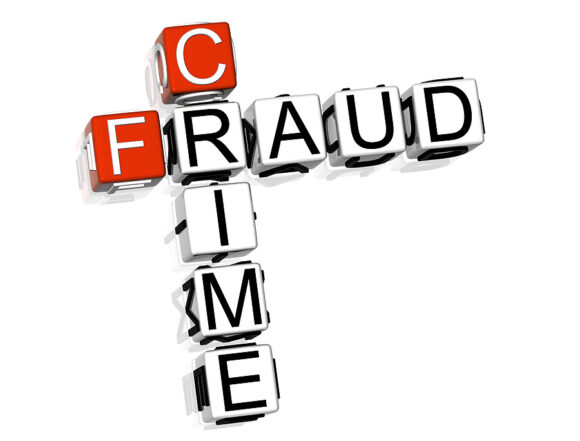Insurance fraud is rising and more insurers are responding forcefully by automating investigations with skilled technology, according to a study of insurer technology usage by the Coalition Against Insurance Fraud.
More than 60 percent of insurers say fraud has climbed over the last three years, reports the biennial study, “State of Insurance Fraud Technology.” The Coalition conducted the research in partnership with analytics company SAS this summer, with 86 property/casualty insurers taking part.
“Insurer investments in fraud-fighting tech are paying bigger dividends, and faster. Insurers continue gaining confidence that tech is a nucleus of their efforts to stem surging fraud crimes,” said Dennis Jay, executive director of the Coalition.
Mounting pressure from schemes has ignited a growth of insurer anti-fraud tech deployment:
- Nearly 75 percent of insurers deploy automated systems to detect false claims — a large increase over the 2014 and 2012 studies.
- Automobile premium evaders are growing targets of anti-fraud efforts. Insurer use of rate-evasion technology has jumped 40 percent since 2012.
- Of insurers adopting anti-fraud tech, 90 percent use business rules and red flags to auto-detect suspicious claims.
- Use of predictive modeling and link analysis continue rising. Insurer use has increased 21 percent in two years.
In other findings:
Cyber fraud. Nearly one of five insurers use technology to combat this growing threat.
More referrals. For the first time, insurers (six percent) received at least 60 percent of referrals from tech systems.
Targeted crimes. Technology’s greatest impact comes in pursuing personal auto scams, dismantling organized rings and uncovering crooked medical providers.
Key benefits. Improved claims outcomes plus more and better claims referrals are key benefits of technology.
False positives. Nearly seven of 10 insurers said their systems produce too many false positives. They divert time and resources from pursuing dubious claims. Insurers who use a “blend” of technologies report fewer false positives.
Resources. Lack of IT resources — budgets and in-house expertise — is the biggest challenge SIUs face in using technology. Still, one-third of insurers said they expect increased tech budgets in 2017. Most said they plan to expand use of predictive modeling.
“An anti-fraud strategy that incorporates the right mix of technologies and skilled employees is key to more-efficient fraud detection. That is a powerful combination,” said James Ruotolo, director of Product Management in the Global Fraud and Financial Crimes Practice at SAS. “As insurers adopt new technology, they also have to hire and train a new generation of fraud analysts and investigators to make the most of that technology.”
Download the full State of Insurance Fraud Technology report for more details.
Source: Coalition Against Insurance Fraud
Was this article valuable?
Here are more articles you may enjoy.


 J&J Talc Jury Awards $1.56 Billion to Asbestos Cancer Victim
J&J Talc Jury Awards $1.56 Billion to Asbestos Cancer Victim  Trump Sues BBC for $10 Billion Over Documentary Edit
Trump Sues BBC for $10 Billion Over Documentary Edit  Tesla Drivers Are Buying Escape Tools and Cars to Avoid Getting Trapped Inside
Tesla Drivers Are Buying Escape Tools and Cars to Avoid Getting Trapped Inside  Cat Bonds Linked to Wildfires Lose ‘Once Untouchable’ Status
Cat Bonds Linked to Wildfires Lose ‘Once Untouchable’ Status 